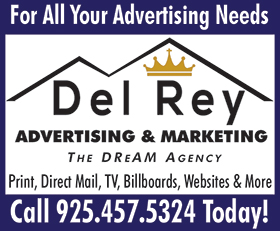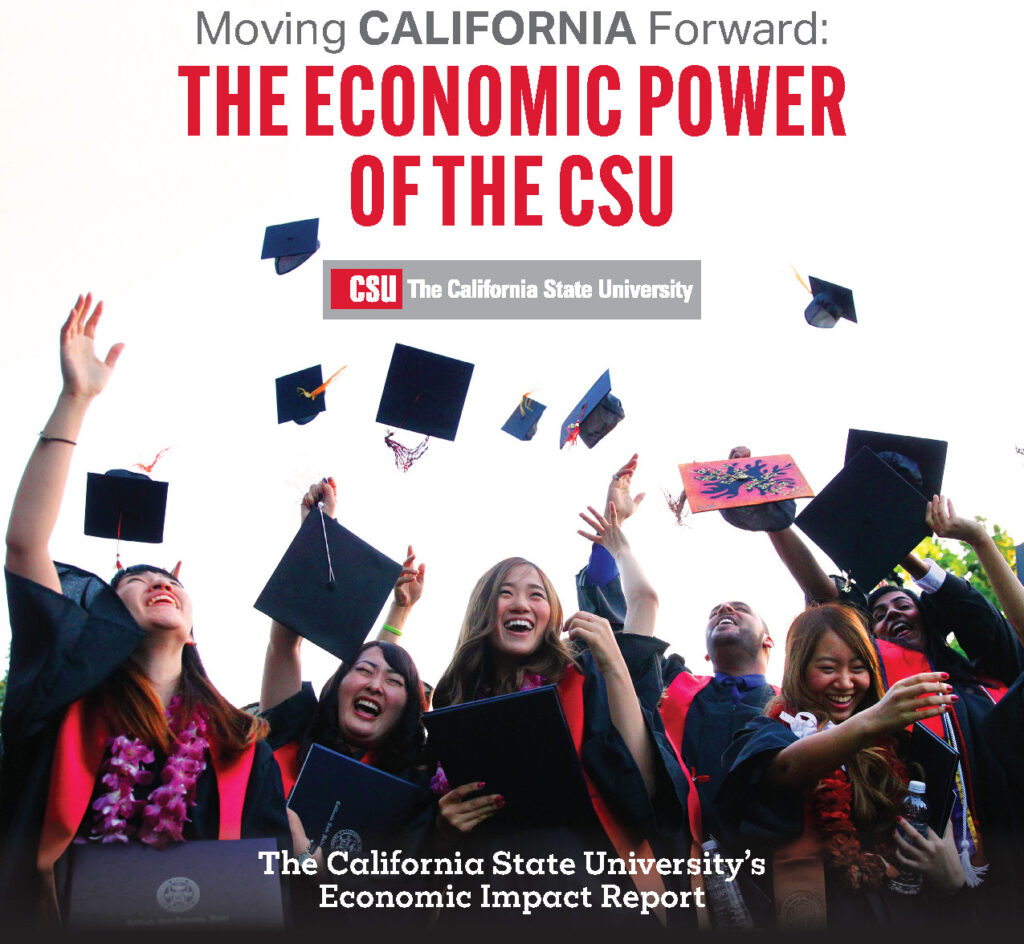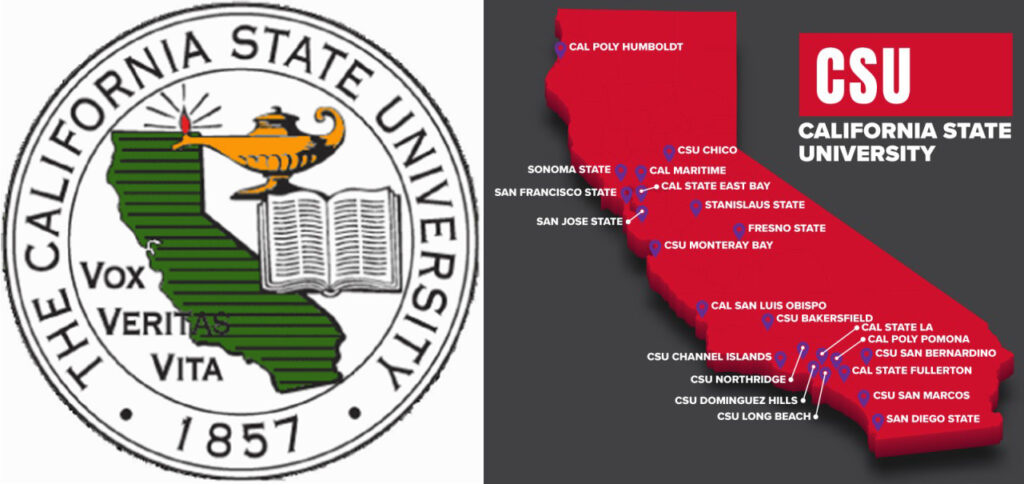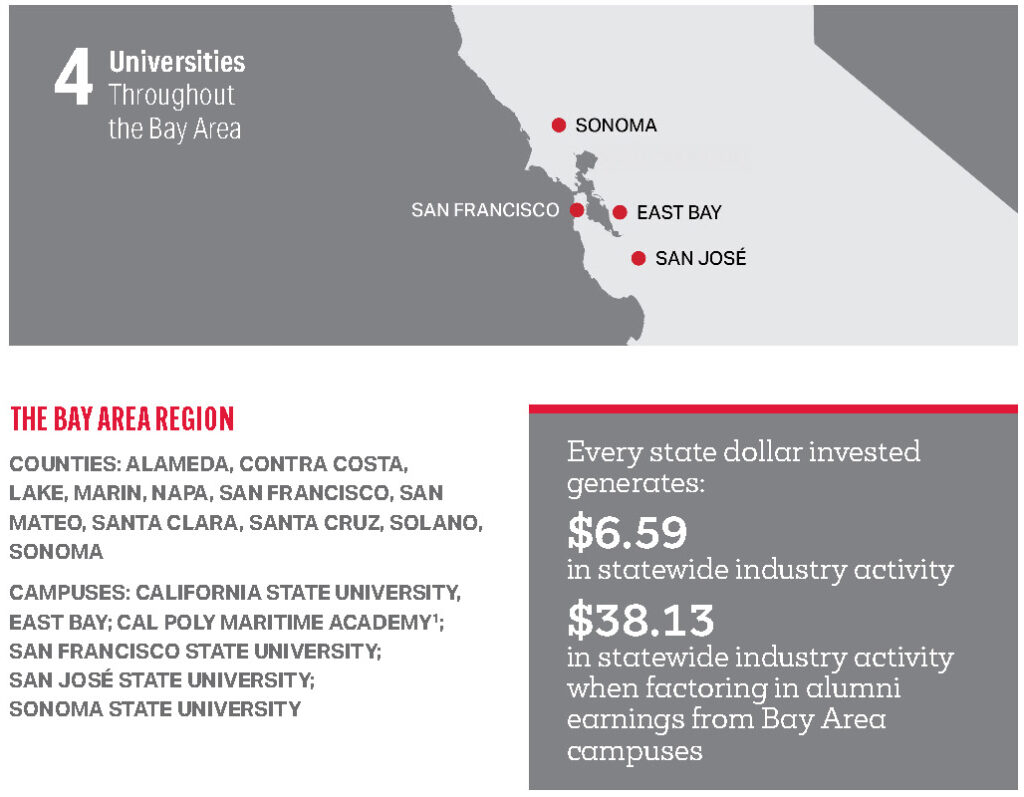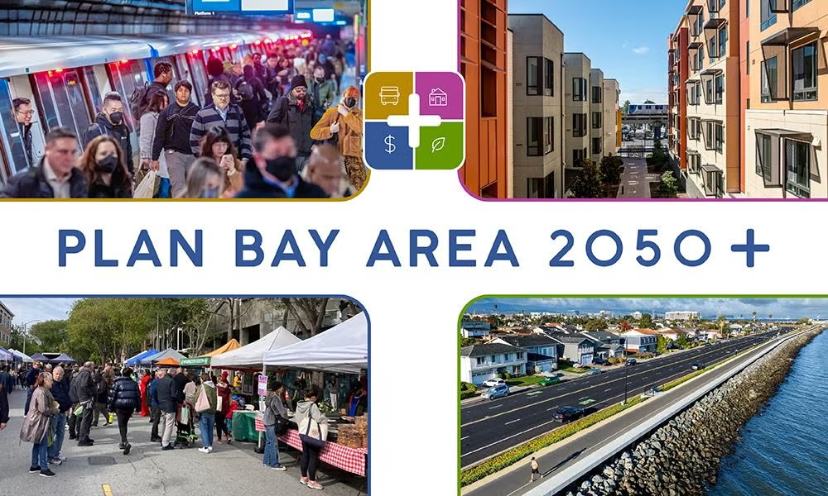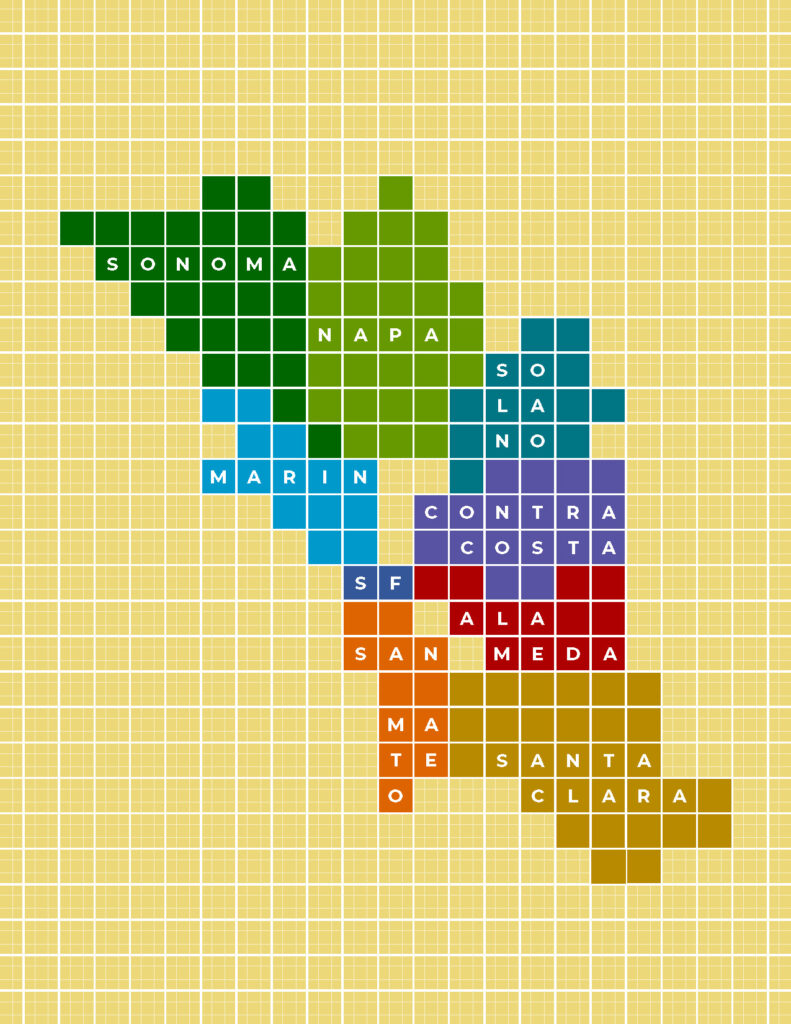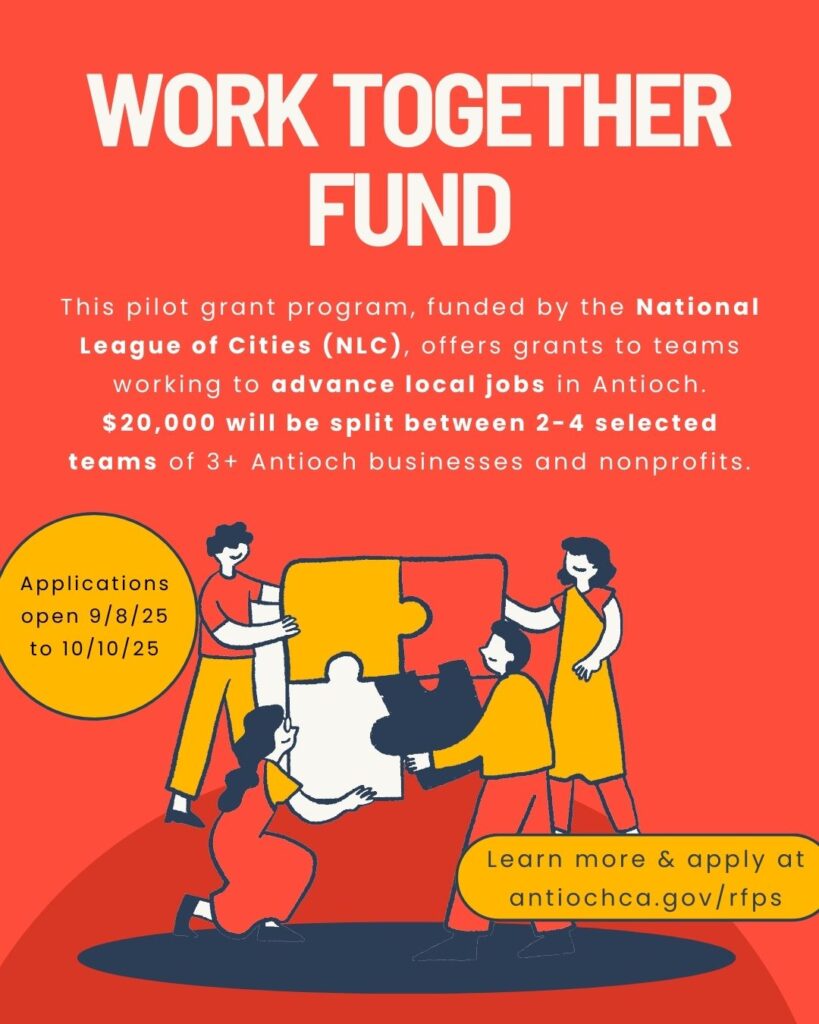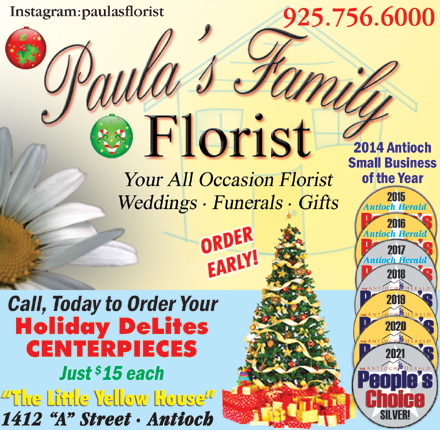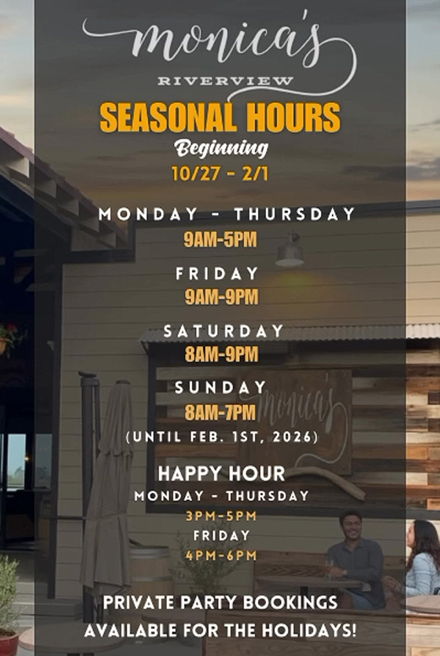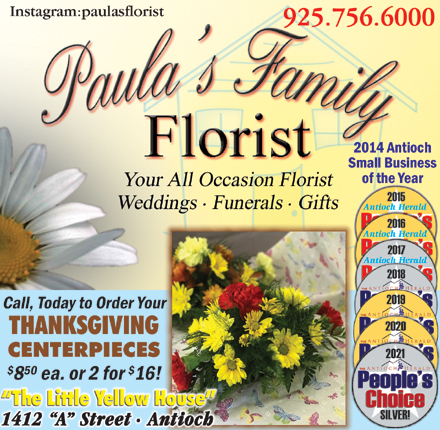Antioch Council to again reconsider controversial economic development grants
Monday, December 8th, 2025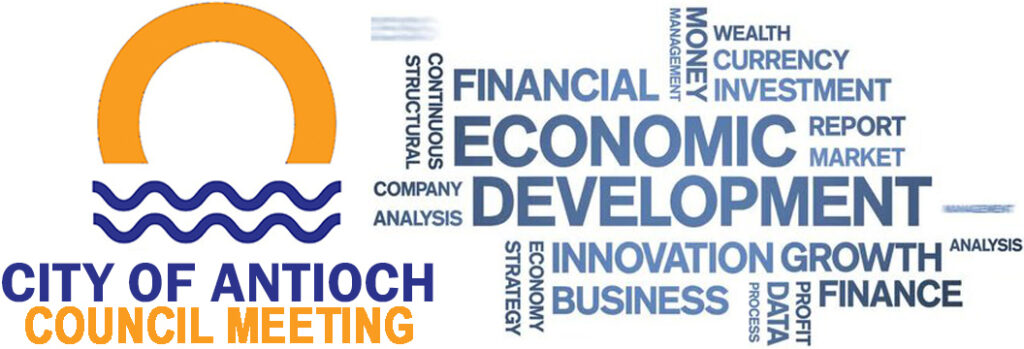
Following complaint from one grant recipient’s leader, mayor challenges panel’s decision; opens rift with City Manager who finds matter “concerning…alarming”; City Attorney issues opinion
“…none of the proposers are entitled to any City funds and every group was given the opportunity to be heard and was equally assessed in determining the awards.” – City Manager Bessie Scott
Celebrate Antioch Foundation has history of working with, receiving funds from City for community events; was not going to receive funds, but Torres-Walker secured a small amount
Misinterpretations of language in Request for Proposals
By Allen D. Payton
During their meeting on Tuesday, Dec. 9, 2025, the Antioch City Council will again reconsider Citywide Economic Development Initiative grants totaling $60,000 to three community organizations awarded in September. The matter has become controversial with Mayor Ron Bernal challenging the decision during the Council’s Nov. 20th meeting. two council members were absent and District 1 Councilwoman Tamisha Torres-Walker left the dais during discussion of the agenda item to prevent a vote. (See 1:59:38 mark of video)
According to the City staff report for item #1 on Tuesday’s agenda, “The Mayor instructed the City Manager to bring for discussion the 2025 Request for Proposals (RFP) for the Citywide Economic Development and associated Grants which were awarded on September 12, 2025, outside of the 90-Day City Council Request List.”
The RFP states that the goal was “to award up to three (3) grants of $20,000 each to the best projects” to help with the City’s economic development efforts. Instead, after a panel, consisting of Torres-Walker, City Manager Bessie Scott, then-Assistant City Manager Brad Helfenberger, then-Interim Community and Economic Development Director David Storer, Public Information Officer Jaden Baird and then-Economic Development Program Manager Bret Sweet, reviewed the proposals, they chose to allocate two grants in the amount of $27,500 each and one in the amount of $5,000. The first two were awarded to Delta Business Group, to support the efforts by the newly organized Downtown Antioch Association of business owners, and Prison From-The-Inside-Out. The smaller grant was awarded to Celebrate Antioch Foundation because the Review Panel determined their proposal “did not align fully with the parameters of the RFP.”
Purpose of Grants
The RFP solicited qualified organizations, nonprofits and business support entities to implement projects that aim to achieve at least two or more of the following outcomes:
• Increased Economic Activity – Boost foot traffic, sales, or commercial occupancy rates in key corridors.
• Business Retention or Expansion – Provide support or services that result in business stabilization, retention, or physical/operational growth.
• Entrepreneurial Development – Foster new business creation, especially among underserved populations or within underutilized areas.
• Commercial Corridor Revitalization – Visibly enhance underperforming areas (e.g., vacant storefront activations, façade improvements, pop-ups).
• Job Creation or Workforce Upskilling – Generate new employment opportunities or improve job readiness among residents.
• Community Engagement – Increase stakeholder participation, visibility of small businesses, or community pride in economic corridors.
Grant Awards
The process included a Blind Review with a group discussion at the end. According to the staff report, the Review Panel chose to issue the following grants for their proposed efforts:
• Celebrate Antioch Foundation– $5,000to perform Antioch Farmers’ Market promotion and signature event promotion. Although this proposal did not align fully with the parameters of the RFP, the organization was awarded an amount due to their services being complimentary to city services such as the farmers’ market.
• Delta Business Group– $27,500to work with the Downtown Antioch Association to build city-wide business-centered digital infrastructure development, city-wide and downtown capacity building, community building, collaboration and transition planning.
• Prison From-The-Inside-Out– $27,500to perform commercial corridor revitalization, city-wide community engagement, workforce development and job creation, and workforce upskilling.
Celebrate Antioch Foundation Leader Appeals Smaller Grant
But former Antioch Councilwoman Joy Motts, who is president of Celebrate Antioch Foundation (CAF), was not satisfied with the amount of her organization’s grant and shared her concerns with Bernal. He in turn chose to bring it to the City Council for a decision that could override the allocations by the Review Panel. The matter was first placed on the Nov. 20th meeting agenda for discussion and a possible decision. That’s when things turned controversial.
CAF has a history of working with and receiving funds from the City for the multiple, annual community events they’ve organized, mostly in downtown Rivertown including annual July 4th Celebration. They worked together on this past Saturday’s Holiday Delites Celebration. CAF’s largest project with the City was the year-long Sesquicentennial Celebration with multiple events in 2022. This year, the group added the Farmer’s Market on Sundays, for which their grant application was focused.
According to a report by City Finance Director Dawn Merchant, CAF received $95,000 in City funds for the Sesquicentennial events, including a $25,000 Administration Fee, and $50,000 for the 2022 July 4th event. (For full disclosure, this reporter named and helped form CAF).
City Attorney Gets Involved
Before the meeting, the City Attorney’s Office reviewed the RFP, along with emails from Motts and all attachments included in the agenda packet. According to Scott’s staff report, in the opinion of Interim City Attorney Derek Cole, “there is no legal issue with the way the City handled this RFP” which “clearly outlines the scope of the services being sought and the amount of the award does not exceed the amount authorized” of $60,000.
Furthermore, Scott states, “none of the proposers are entitled to any City funds and everygroup was given the opportunity to be heard and was equally assessed in determining the awards.”
City Manager Finds Mayor’s Challenge “Concerning…Alarming”, Claims it Diminishes Her Authority, Independence
Scott’s staff report further addressed the mayor’s challenge of the panel’s decision writing, “The City Manager finds it concerning and alarming that members of the City Council would request to diminish her legal and longstanding authority to award routine contracts and grants regardless of value, even if it is within her signing authority amounts. At no time in the past was this authority questioned of prior City Managers, including when the Mayor himself was the City Manager.”
Bernal served as Antioch City Manager from 2017-21. (See related articles here and here)
To further support her position, Scott cited the Report of the 2023-2024 Contra Costa County Civil Grand Jury entitled “Challenges Facing the City of Antioch” claiming Bernal’s challenge of her and the Review Panel’s decisions on the grants were undermining her ability to operate with independence. (See related article)
Scott wrote, “Within the Findings (of the Grand Jury Report), it is stated that a new City Manager’s success will depend, in part, on the Mayor and City Council creating an environment that while maintaining the oversight required by city ordinances, enables the City Manager to operate with independence, as also mandated by city ordinances.”
The City of Antioch has a Council-Manager form of government in which the council members are policy makers and hire a professional city manager to oversee day-to-day operations. The only other staff member the Council hires is the City Attorney.
“The actions described in this Staff Report reflect a departure from the governance structure mandated by the Antioch Municipal Code, as well as the essential duties and functions as outlined in the City Manager’s job description, and they pose significant operational, legal, and ethical risks,” Scott’s staff report states. “Continued encroachment on administrative authority undermines organizational stability and exposes the City to liability.”
She also claims Bernal’s challenge of the grant decisions is delaying the City’s economic development efforts.
“Too, non-adherence to established protocols has caused a significant delay in the carrying out of the 2025 Citywide Economic Development Initiative Grant Awards, as we push for, and desperately are in need of, economic development initiatives across the city,” Scott wrote. “Ensuring a well-functioning government requires that both the City Council and the City Manager operate within their defined roles and collaborate together with a shared goal of moving the city forward.”
Misinterpretations of Language in RFP
During public comments, Motts pointed out that Scott’s staff report incorrectly quotes that, “the RFP states that the goal was to award three groups up to $20,000” because it actually reads on page 4, “This RFP aims to award up to three (3) grants of $20,000 each.”
Yet, Motts was also incorrect in stating, “the RFP is clear that the City will award $60,000 in $20,000 grants to up to three projects. It does not say up to $20,000 and it does not say the grants will be changed to fit a project application.”
“Why would you manipulate the intent of the RFP?” she asked, directing her question to Scott.
However, the word “will” is not included and by using the word “aims” the language in the RFP allowed the panel to award all of the $60,000 allocated for the program to just one group or split the total among two organizations. They didn’t have to award funds to all three and the panel didn’t plan to according to Torres-Walker.
Concerns Politics Involved but Torres-Walker’s Efforts Result in Funds for CAF
Some residents are concerned that politics may be involved in the panel’s decision, since Motts ran unsuccessfully for city council placing second against Torres-Walker in 2020 and 2022, when the difference between the two was just four votes following a recount, and is expected to run against the incumbent councilwoman again, next year. But it was actually Torres-Walker who argued in favor of the $5,000 grant to CAF.
During council discussion of the item on Nov. 20th, Torres-Walker said, “I’m the only panelist who gave Celebrate Antioch a high score because they have been in the community and doing a lot of work in downtown…when others on the panel were considering completely denying the group’s proposal.”
“The proposal was not innovative. But I really appreciated the Farmer’s Market,” the councilwoman continued. “After hours of deliberating and actually only choosing two applicants – we did not choose a third applicant – Celebrate Antioch’s proposal was not going to be funded. I made a proposal…through the City Manager to staff that we at least consider a small grant to support the efforts of the Farmer’s Market, which was new and innovative to the City of Antioch,” Torres-Walker explained. “Staff deliberated and agreed with my proposal and moved forward as such.”
Options for Council
The council members can choose to approve the Review Panel’s grant awards by voting for the resolution included with the agenda item, choose different grant amounts for each of the three groups, or scrap the entire program.
See Staff Report for Agenda Item #1 including the three proposals and complete Council Agenda.
Meeting Details
The meeting begins at 7:00 p.m. in the Council Chambers at City Hall located at 200 H Street in Antioch’s historic, downtown Rivertown. It can also be viewed via livestream on the City’s website and the City’s YouTube Channel, on Comcast Cable Channel 24 or AT&T U-verse Channel 99.










